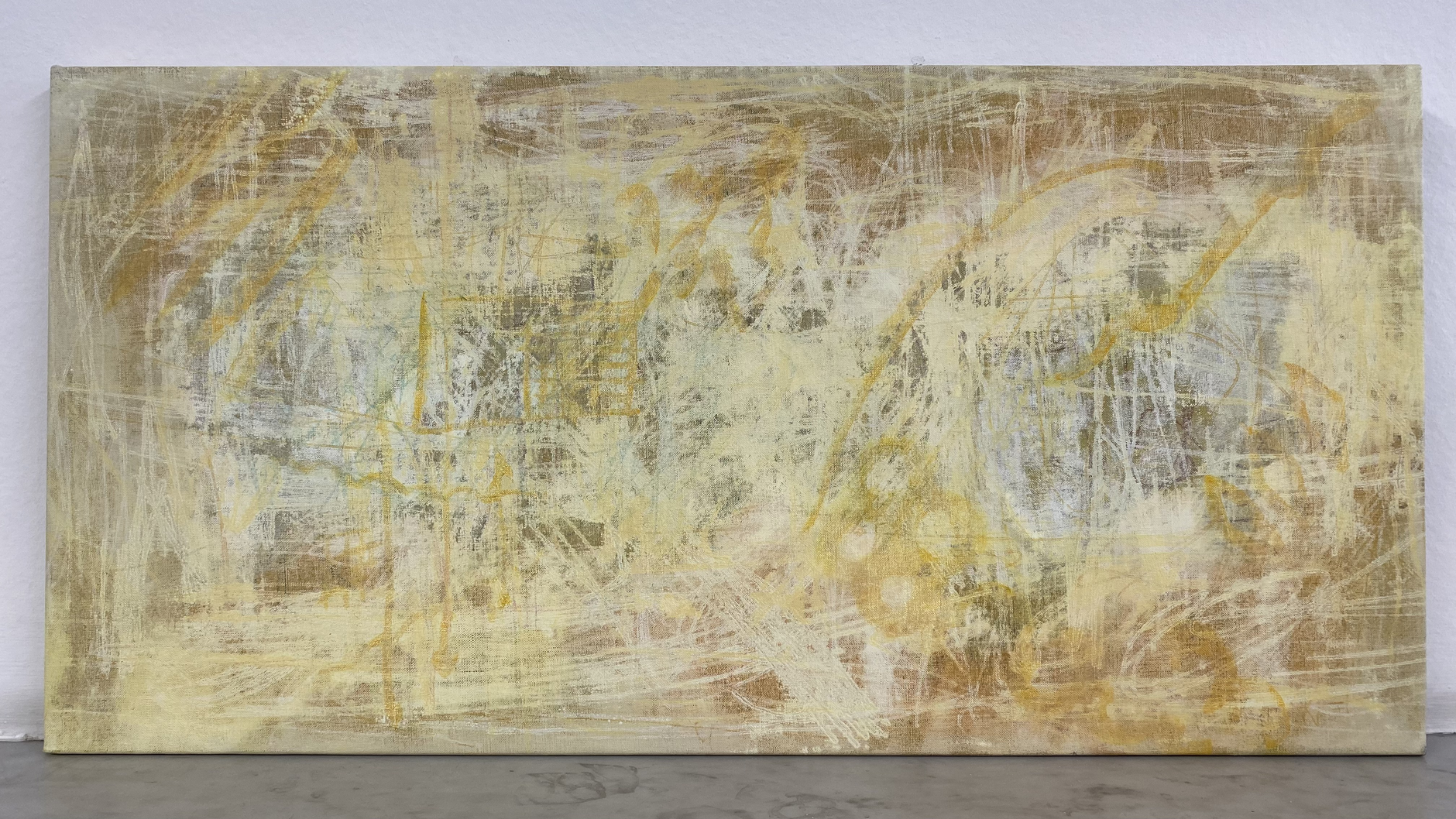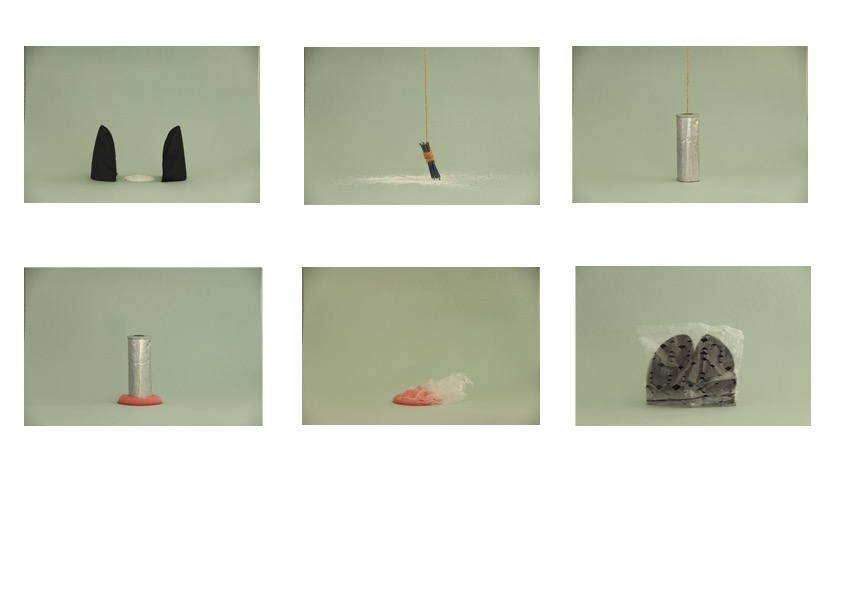Watch a 3-minute excerpt below or watch the complete film here.
Anna Dot’s work Translating from the Shore is the second chapter in a trilogy which charts Dot’s attempts at understanding the River Ter, which passes through her town in Northern Catalunya and is an important feature of (or perhaps it is more appropriate to say, ‘contributor to') the local landscape and culture. For each of the three parts of the trilogy Dot tried out a different method: in part 1 she wrote a law which granted the river personhood. This performative act was inspired by and modelled on successful campaigns in New Zealand by the Māori community to recognise the rights of the River Whanganui to be protected as a person. However, in the context of Europe and in the absence of indigenous traditions, like those of the Māori, which naturally acknowledge the personhood of non-human entities, Dot was frustrated by the language of law, which increased rather than diminished, the distance between herself and the river. Hence, in the 2nd part of the trilogy she tried to approach it via translation, which she had also explored in previous work ‘as a means to get closer to a subject.’
Translating from the Shore reveals the process of translation as a tool for learning and, like any epistemic act of translation, it challenges our conceptions and makes us change perspective. One of many possible translations of the river, it invites the viewer to play along, to find their own river and their own way of understanding it.
In Translation as Experimentalism (2022) Tong King Lee develops the notion of ludic translation to address what he calls the ‘fetish of the untranslateable’ (64). Lee here specifically refers to experimental texts such as concrete poems that play with the multimodality of language like shapes of letters or words alongside sounds and meanings, and which require the translator to mobilize ‘resources in relation to different frames of meaning and use, exceeding the boundaries of named languages ... of language as such’ (ibid: 46). What works for concrete poetry also yields rich results for other, non-lingustic forms of translation.
Untitled is a multi-layered palimpsestic work, which sets out to translate the difficulties of creating asemic writing, i.e. writing without alphabet, where the marks do not represent anything other than themselves.
The source material for Carter’s text was a series of asemic writing workshops she developed and led in collaboration with Ricarda Vidal. Workshop participants took part in exercises drawn from art education and translation practice in preparation for creating asemic texts which were then collaboratively translated into other forms of expression using a ludic approach. The aim of the workshops was to explore meaning-making beyond linguistic limitations or constraints by focusing on mark-making as embodied epistemology and site of experiential translation (see Vidal and Carter, 2024). Most of the participants (including Carter and Vidal themselves) struggled with the asemic ideal of the ‘pure’ mark which requires the ‘writer’ to focus on the physical and aesthetic process of mark-making while actively avoiding representation. While many of the participants used palimpsestic methods to obscure any links with representation, remnants of representation remained in almost all of them. These recognisable elements formed the starting point for Carter’s translation, which employed processes of copying, painting, overpainting, scratching out and adding on (here resonating with the loss and gain inherent to literary translation).
The process of making is tangible in Untitled. It performs the meme, which ran through the workshops and the material produced by participants, i.e. the tension of trying to get away from making signs and creating something that represents nothing but itself, or in Carter’s words, ‘the very performativity of coming to the moment of making’. Hence, on one level, what is translated in Untitled is the process of asemic creation. The work gives material form to the uncertainty of making. On another level, the text itself is an example of asemic writing and as such it invites the viewer to ‘respond to literally what is there, without any guiding principle, and … [to] go to the very moments of perception, of seeing, encountering, hearing’. While Untitled cannot be read in a conventional manner, it becomes legible within the context of translation.
Graphic artist Tomasz Wochna’s Intersemiotic Space-Time Composition is a visual translation of process, arising from multimodal translations of Jerzy Jarniewicz’ poem ‘Makijaž’ (Make-up) undertaken with translation studies students at the University of Łódź and organized by their lecturer Joanna Kosmalska.
The workshops and the ultimate film translation were inspired by formalist painter Strzeminsky’s Theory of Vision (1974) as well as typeface designer Adrian Frutiger’s 1978 book Signs and Symbols: Their Design and Meaning. Frutiger’s central thesis that historically thinking started with simple signs, which humans then turned into pictograms and eventually alphabet(s), led to the decision for students to translate the poem into English and also into pictograms. The students were guided by Wochna to explore the visual concepts of point, line and plane, colour, and (open) composition.
The source text for Wochna’s Intersemiotic Space-Time Composition can therefore be taken to be Jarniewicz’ poem, poems translated by the students, and the experience of the workshops. Ultimately the film is a translation of the process of translating poetry into visual language, including the intellectual exchange with the students and the collaborative exploration of form through paper cut and collage, which was eventually all translated into digital form and montage.
If you want to find out more about Wochna and Kosmalska's collaboration, read their blog post 'Translating Through the Senses: How can intersemiotic translation facilitate literary translation?'
Artist Birthe Jørgensen and architect Emil Lillo have explored a collection of subjective accounts by a group of women of multiple cultural backgrounds living in an area of Glasgow dominated by austerity and the housing of refugees and asylum seekers from around the world. The women responded to how recent events have contributed to shifting fixed notions of ‘home’.
Using methods of free association, and cut up techniques Jørgensen and Lillo have translated these accounts, into a photographic series portraying small, sensory, assemblages of everyday materials. The photographs are accompanied by a poetic text, that blends snippets of the women words, with references to the artist’s process of translation, and to the objects in the photographs.

